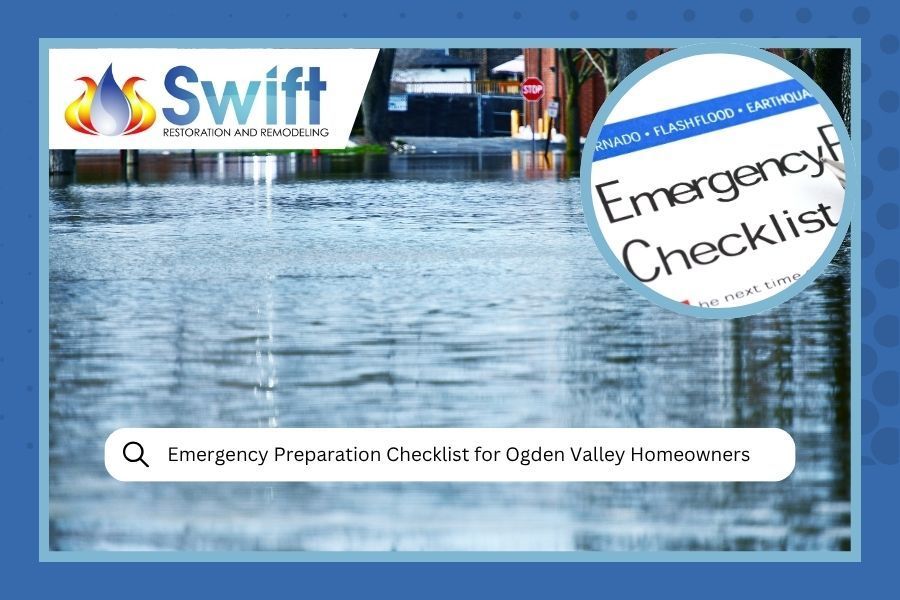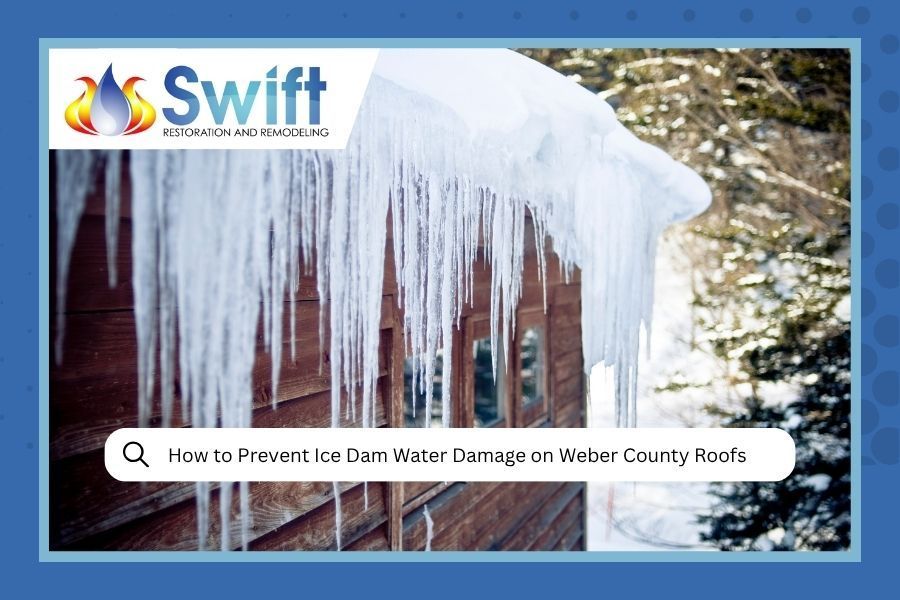
Author: Darin Jenks
Sometimes the worst damage happens in the places you least expect. That was exactly the case when we got the emergency call from a homeowner in Farmington whose finished basement had been completely flooded. What started as a small leak had turned into every homeowner's nightmare, but it also became an opportunity to create something better than before.
When situations like this arise, our team knows that quick action is everything. The difference between salvageable materials and total loss often comes down to hours, not days.
The Initial Discovery: More Than Meets the Eye
When we arrived at the Farmington home, the scope of the water damage was immediately apparent. The basement, which had been a cozy entertainment space complete with carpet, drywall, and built-in storage, was now waterlogged throughout. But as any experienced restoration team knows, what you see on the surface is often just the beginning of the story.
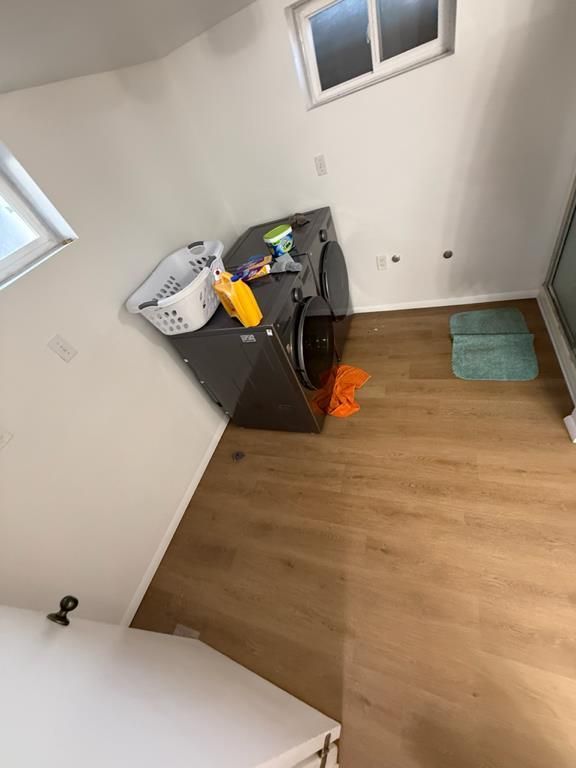
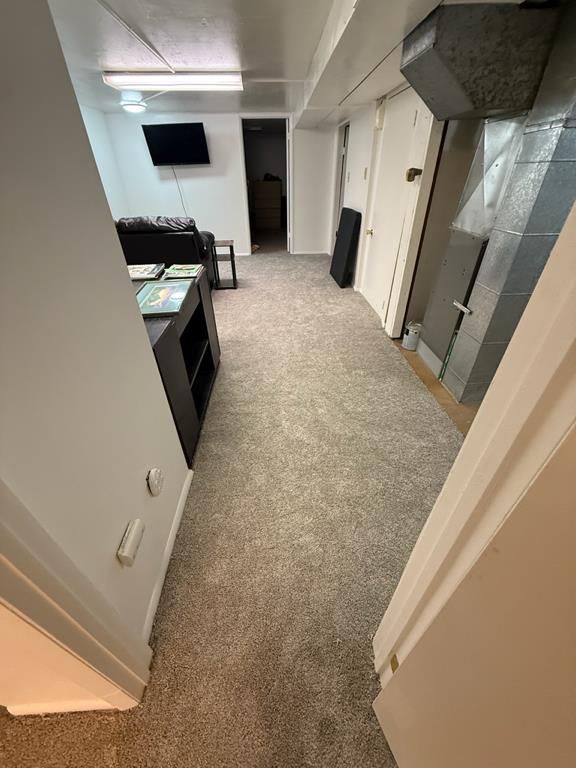
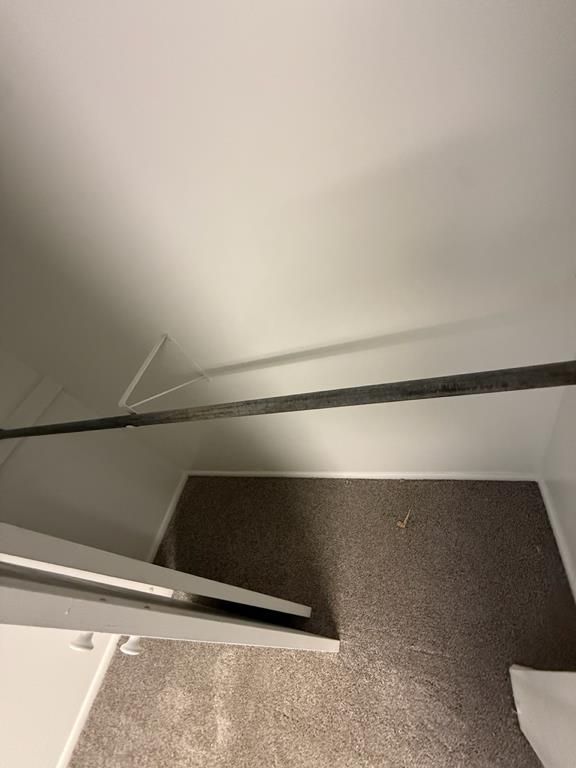
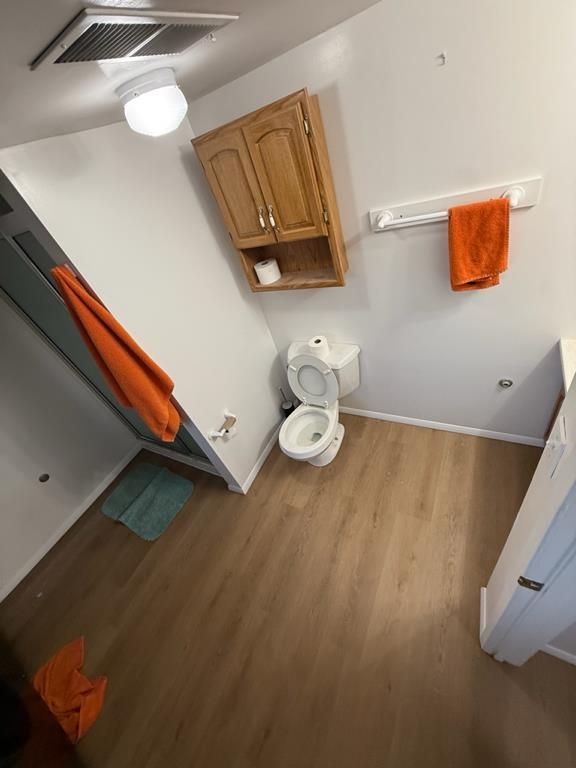
What We Found:
- Saturated flooring: The existing carpet and underlayment were completely soaked
- Compromised walls: Water had wicked up the drywall, creating potential mold concerns
- Affected subflooring: Moisture had penetrated beneath the surface materials
- Structural concerns: The extent of water intrusion required careful assessment
The homeowners were understandably overwhelmed. One day they had a finished basement, and the next, they were looking at what appeared to be a construction site. We've seen this reaction countless times, and our first job is always to bring some calm to the chaos.
Emergency Water Damage Response: The First 48 Hours
In water damage restoration, the clock starts ticking from the moment water first appears. Our emergency response protocol kicked in immediately, focusing on three critical priorities:
Immediate Mitigation Steps:
- Water extraction: Using industrial-grade equipment to remove standing water
- Moisture detection: Identifying all affected areas, including hidden moisture pockets
- Air circulation: Setting up dehumidifiers and air movers to begin the drying process
- Content protection: Safely removing and inventorying salvageable items
What many homeowners don't realize is that water damage can continue spreading for days after the initial incident. Materials like drywall and insulation act like sponges, and without proper intervention, secondary damage from mold can begin within 24 to 48 hours according to EPA's mold remediation guidelines.
Assessment and Planning: Turning Crisis into Opportunity
Once we had the immediate water damage under control, we could properly assess what we were working with. The good news? The home's structure was solid. The challenging news? Pretty much everything in the basement needed to go.
But here's where our years of experience in both restoration and construction really come in handy. Instead of just putting everything back the way it was, we worked with the homeowners to envision what their basement could become.
The Restoration Plan Included:
- Complete removal of all damaged materials
- Moisture testing to ensure complete drying
- Mold prevention protocols throughout the process
- Upgraded materials designed to be more water-resistant
- Improved layout to maximize the space's potential
The Transformation Process: From Water Damage to Dream Space
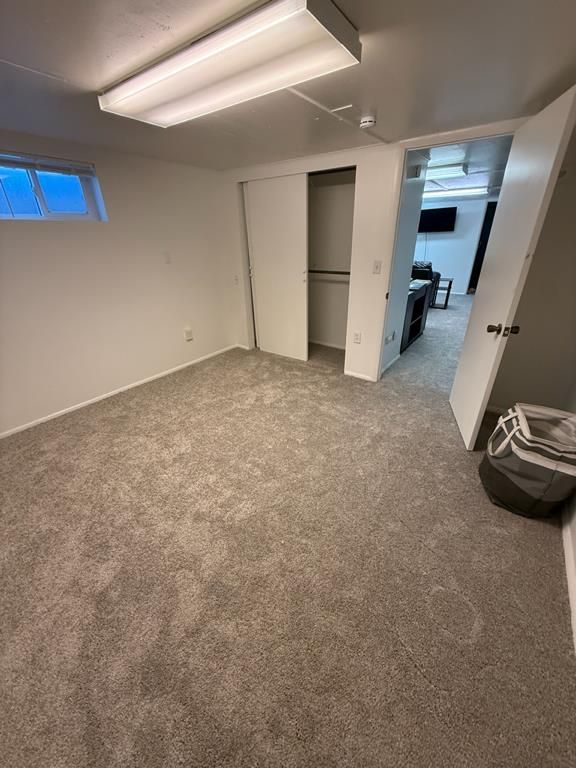

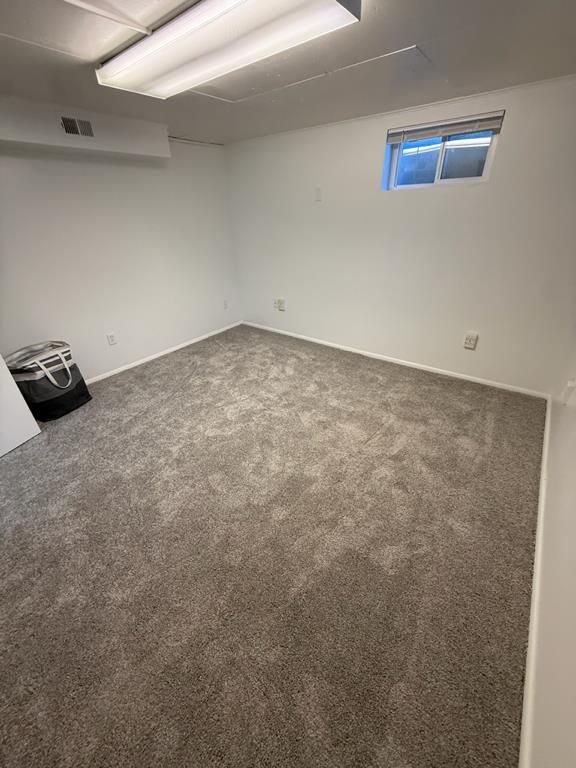
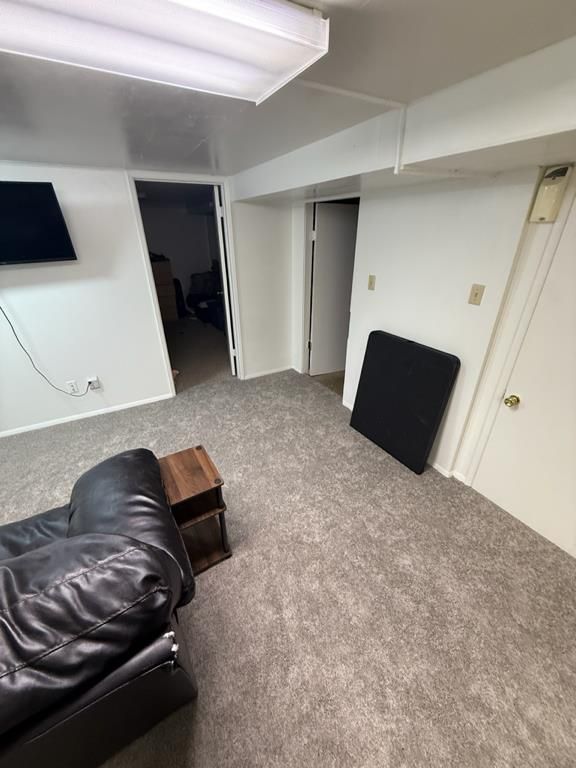
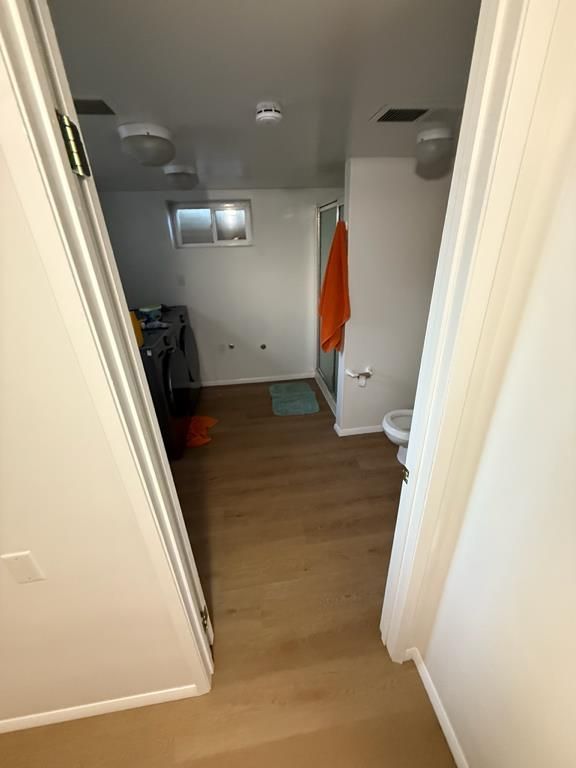
Phase 1: Demolition and Cleanup
The first step was removing everything that couldn't be saved. Out came the water-damaged carpet, the compromised drywall, and any materials that had absorbed moisture. It's always a bit surreal watching a finished room get stripped down to the studs, but it's also exciting because you know you're building the foundation for something better.
Phase 2: Structural Drying and Treatment
Even after removing the visible damage, ensuring complete drying is crucial. We used moisture meters to test every surface and continued running our drying equipment until moisture levels returned to normal. This phase can't be rushed. Attempting to rebuild over materials that aren't completely dry is a recipe for future mold problems.
Phase 3: Reconstruction and Improvement
Here's where the magic happens. Working with the homeowners, we created a space that wasn't just restored but genuinely improved:
- New flooring: Luxury vinyl plank that looks like wood but handles moisture much better
- Fresh drywall: Properly primed and painted with moisture-resistant materials
- Updated bathroom: A complete refresh of the basement bathroom space
- Smart storage solutions: Built-in elements that maximize functionality
Lessons Learned: Prevention and Preparation
Every restoration project teaches us something, and this Farmington job reinforced several important points about basement water damage prevention. The American Red Cross emphasizes the importance of regular inspection and maintenance to prevent water damage emergencies:
Key Prevention Tips:
- Regular inspections of basement areas, especially around plumbing
- Proper waterproofing and drainage systems
- Quick response to any signs of moisture or leaks
- Quality materials in below-grade spaces
We also learned that having a plan before disaster strikes makes all the difference. Homeowners who know who to call and what steps to take immediately can often minimize damage significantly.
The Final Result: Better Than Before
Three weeks after that initial emergency call, we were putting the finishing touches on what had become a stunning basement space. The new flooring gleamed, the fresh paint made everything feel bright and clean, and the updated layout created better flow throughout the area.
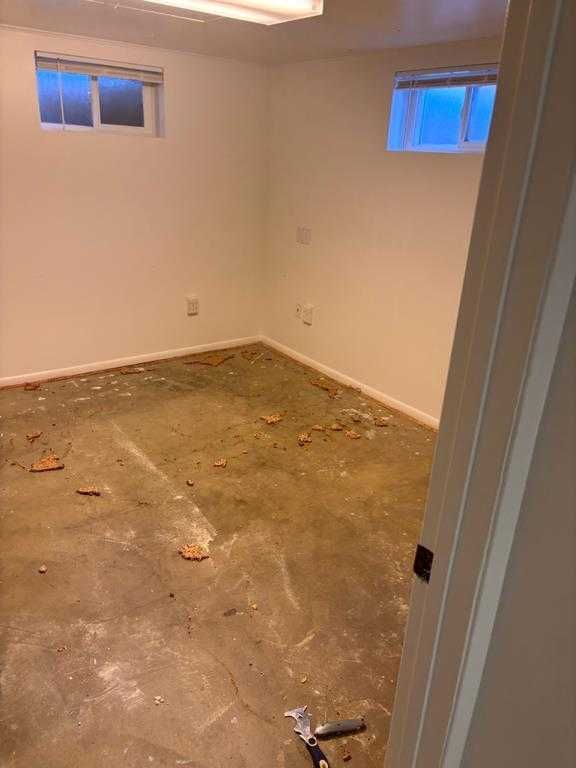
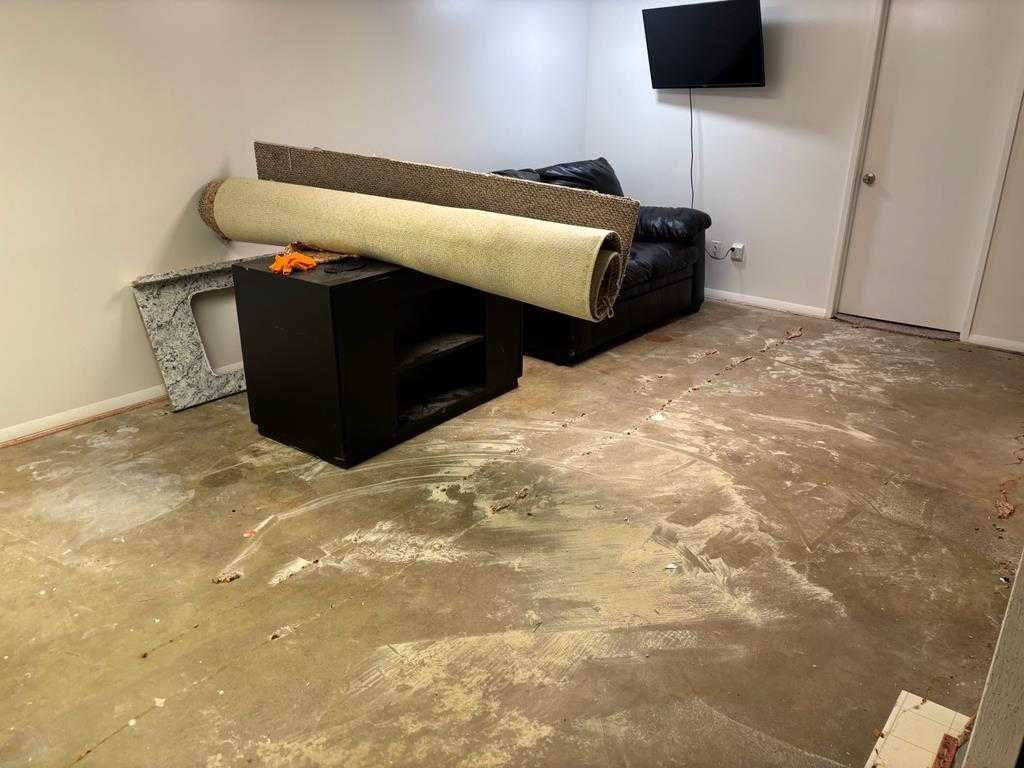
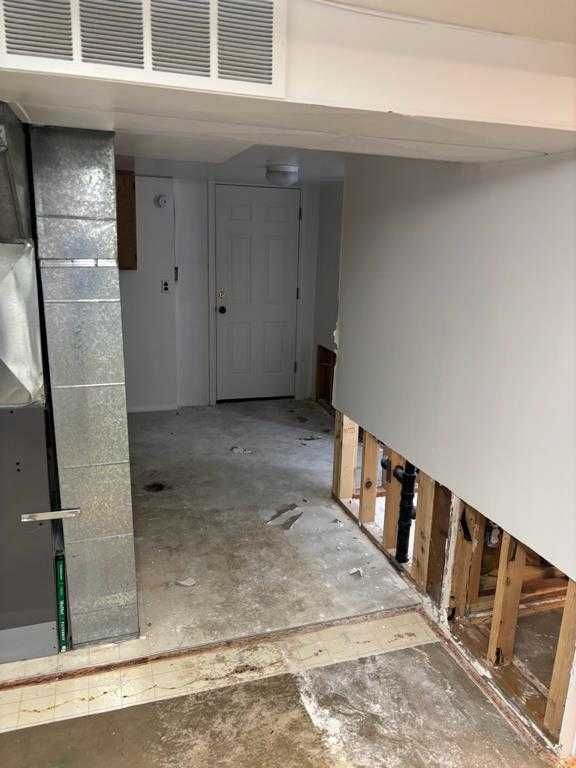
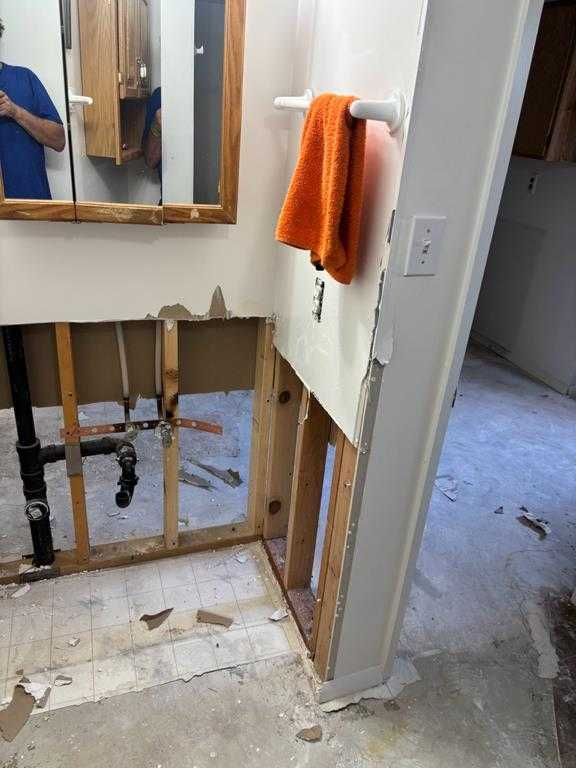


But beyond the visual improvements, the homeowners now had peace of mind. They knew their basement had been built back with quality materials, proper techniques, and attention to detail. More importantly, they knew that if something similar ever happened again, they had a team they could trust to handle it.
Why Professional Water Damage Restoration Matters
This Farmington project perfectly illustrates why professional water damage restoration services make such a difference. While it might be tempting to tackle water damage as a DIY project, the reality is that proper restoration requires:
- Specialized equipment for water extraction and drying
- Technical knowledge about moisture migration and mold prevention
- Construction expertise for proper reconstruction
- Insurance experience to navigate the claims process smoothly
Working with insurance companies is often one of the most stressful parts of the entire process for homeowners. Having a restoration company that can communicate directly with adjusters and provide proper documentation makes the process much smoother for everyone involved.
Moving Forward: Restored and Ready
Today, that Farmington basement serves as a perfect example of how water damage doesn't have to be the end of the story. Sometimes it's actually the beginning of something better. The homeowners now have a beautiful, functional space that's better equipped to handle whatever Mother Nature might throw at it.
More importantly, they experienced firsthand what it means to work with Swift Restoration and Remodeling , a restoration team that views every project as more than just a job. We're not just fixing damage; we're helping families get back to normal life as quickly as possible while often improving their situation in the process.
If you're facing water damage in your Weber County home, remember that quick action and professional help can make all the difference. Whether it's a small leak or major flooding, our team is ready to help you turn crisis into opportunity.
Need Emergency Water Damage Help?
Don't let water damage turn into a bigger problem. Our team is standing by 24/7 to help.
⚡ 24/7 Emergency Response
We're available around the clock because water damage doesn't wait for business hours
🛡️ Insurance Direct Billing
We handle the insurance paperwork and communicate directly with your adjuster
✅ 3-5 Year Guarantee
All our restoration work comes with a comprehensive satisfaction guarantee
🏠 Complete Restoration
From water extraction to final reconstruction - we handle every step of the process
Serving Farmington, Ogden, Layton, Kaysville, and surrounding Weber County communities
Looking for more restoration insights? Check out our guide on water damage prevention tips or read about another successful project in our kitchen ceiling water damage case study. For those dealing with post-water damage concerns, our article on preventing mold after water damage offers valuable prevention strategies.


